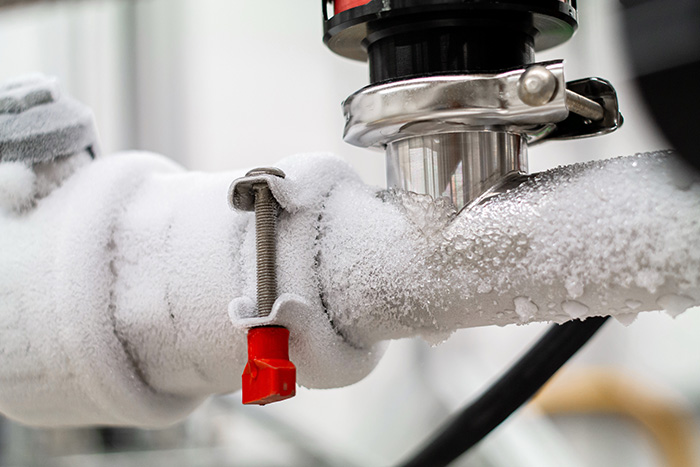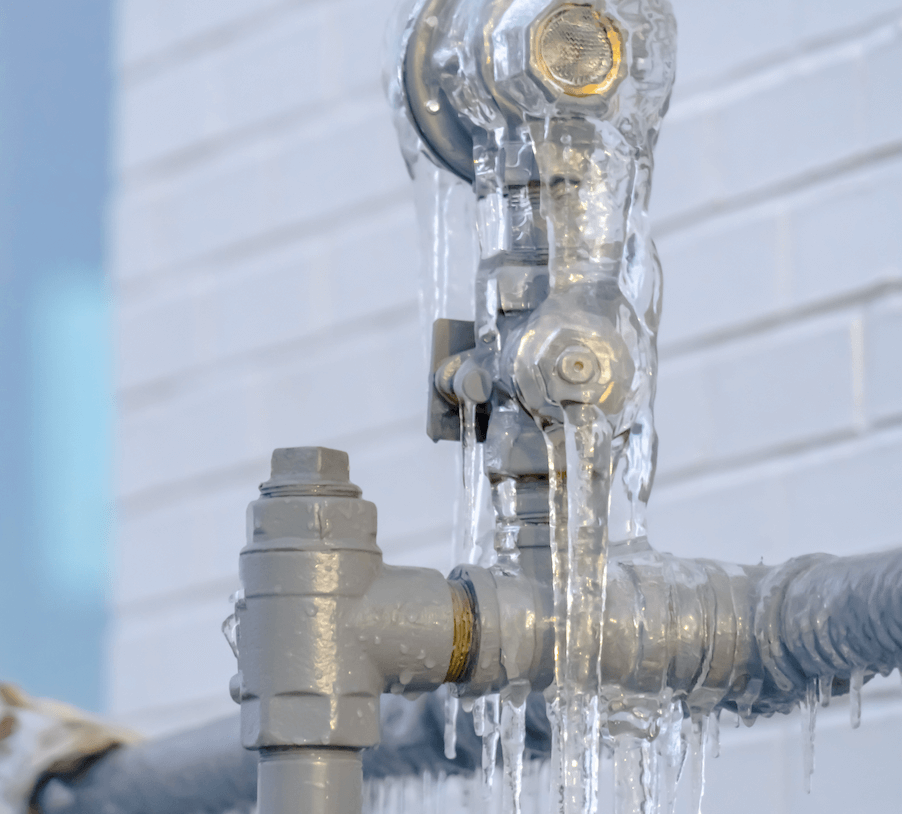Ways to Protect Your Plumbing from Freezing: Essential Tips
Ways to Protect Your Plumbing from Freezing: Essential Tips
Blog Article
How do you actually feel in relation to Prevent Frozen Pipes ?

Winter can ruin your pipes, specifically by freezing pipelines. Below's just how to stop it from taking place and what to do if it does.
Intro
As temperature levels decrease, the risk of icy pipes boosts, possibly resulting in costly repair work and water damage. Understanding just how to stop icy pipes is important for property owners in cold environments.
Comprehending Icy Pipes
What creates pipes to freeze?
Pipelines freeze when subjected to temperatures listed below 32 ° F (0 ° C) for extended periods. As water inside the pipelines freezes, it broadens, putting pressure on the pipe wall surfaces and potentially triggering them to break.
Risks and damages
Icy pipelines can result in water disruptions, residential property damages, and expensive repair work. Burst pipes can flooding homes and trigger considerable architectural damages.
Indicators of Frozen Pipes
Identifying frozen pipes early can prevent them from bursting.
How to identify icy pipelines
Try to find reduced water flow from faucets, uncommon smells or noises from pipes, and noticeable frost on exposed pipes.
Prevention Tips
Insulating at risk pipelines
Cover pipelines in insulation sleeves or use warmth tape to safeguard them from freezing temperature levels. Concentrate on pipes in unheated or outside locations of the home.
Heating methods
Keep indoor areas properly warmed, especially locations with pipes. Open up closet doors to allow warm air to distribute around pipes under sinks.
Protecting Outside Pipes
Garden hoses and exterior taps
Detach and drain yard hoses before winter. Set up frost-proof faucets or cover outdoor taps with shielded caps.
What to Do If Your Pipes Freeze
Immediate actions to take
If you believe frozen pipes, maintain taps available to relieve pressure as the ice melts. Utilize a hairdryer or towels taken in hot water to thaw pipelines gradually.
Long-Term Solutions
Structural adjustments
Think about rerouting pipes away from exterior walls or unheated areas. Add extra insulation to attics, basements, and crawl spaces.
Updating insulation
Buy high-quality insulation for pipelines, attic rooms, and wall surfaces. Appropriate insulation helps maintain consistent temperatures and decreases the risk of frozen pipes.
Verdict
Protecting against icy pipes needs positive measures and quick actions. By understanding the causes, indications, and preventive measures, house owners can protect their pipes throughout winter.
5 Ways to Prevent Frozen Pipes
Drain Outdoor Faucets and Disconnect Hoses
First, close the shut-off valve that controls the flow of water in the pipe to your outdoor faucet. Then, head outside to disconnect and drain your hose and open the outdoor faucet to allow the water to completely drain out of the line. Turn off the faucet when done. Finally, head back to the shut-off valve and drain the remaining water inside the pipe into a bucket or container. Additionally, if you have a home irrigation system, you should consider hiring an expert to clear the system of water each year.
Insulate Pipes
One of the best and most cost-effective methods for preventing frozen water pipes is to wrap your pipes with insulation. This is especially important for areas in your home that aren’t exposed to heat, such as an attic. We suggest using foam sleeves, which can typically be found at your local hardware store.
Keep Heat Running at 65
Your pipes are located inside your walls, and the temperature there is much colder than the rest of the house. To prevent your pipes from freezing, The Insurance Information Institute suggests that you keep your home heated to at least 65 degrees, even when traveling. You may want to invest in smart devices that can keep an eye on the temperature in your home while you’re away.
Leave Water Dripping
Moving water — even a small trickle — can prevent ice from forming inside your pipes. When freezing temps are imminent, start a drip of water from all faucets that serve exposed pipes. Leaving a few faucets running will also help relieve pressure inside the pipes and help prevent a rupture if the water inside freezes.
Open Cupboard Doors
Warm your kitchen and bathroom pipes by opening cupboards and vanities. You should also leave your interior doors ajar to help warm air circulate evenly throughout your home.

Do you really like more info about 6 Ways to Prevent Frozen Pipes? Make a review further down. We would be happy to hear your opinions about this post. In hopes that you come back again before long. Kindly pause to share this write-up if you enjoyed it. I cherish reading our article about How To Avoid Freezing Pipes.
Call Today Report this page